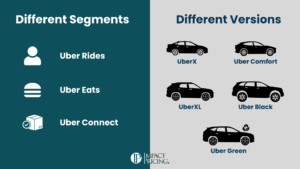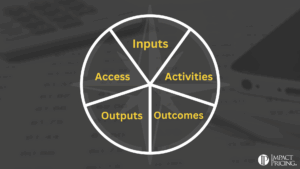You can listen to the full audio version of this blog we call — Blogcast.
Think of two of your customers, very different customers. One of them receives more value than the other. Did you charge that one a higher price?
Now create a list of 5 or 10 customers and think about each one’s willingness to pay (or value received). Again, there are probably many reasons why one would pay more than another. To capture more of what any single buyer is willing to pay, we must offer them the right product features at the right price.
But it’s not just one customer that is different or unique, they all are. And you can’t make a different product with a different price for each buyer. Even if it was technically possible, it isn’t practical. So, how do you make sense of it all?
You could have a single product with a single price, and make a decent profit from everyone who wants to buy it. Of course, you would leave money on the table from almost everyone who purchased, and you surely missed out on some who would only have paid less.
You could have that single product and then charge different prices to different customers based on willingness to pay. As an evangelist of price segmentation, I love this. But there are limitations to the amount of price variance you can get away with.
The next step is to create different products. First, think of good, better, and best versions of your product. The good versions will capture your most price-sensitive buyers. The best versions will capture buyers with the highest willingness to pay. Most people will buy the one in the middle. This is an excellent starting point and works well when every buyer is trying to solve the same problem.
However, people may be solving very different problems with your product. Some companies buy airplanes to transport passengers (United, Delta), while others buy planes to transport packages (UPS, FedEx). Even though they are built on the same airframes and use the same engines, passenger and cargo planes are very different. Think of these as different market segments.
Good, better, best doesn’t address differences across market segments. One solution is to create good, better, best products for each market segment that you serve. Imagine creating good, better, best passenger planes and good, better, best cargo planes. Good, better, best works best inside a market segment, meaning we need to define market segments effectively.
The decisions outlined above are all decisions you will make, either thoughtfully or by default. They are tied together by a single thread: how your buyers perceive value. What market segment(s) do you target? What products do you create? How much do you charge? How do you execute price segmentation? The key is deeply understanding what value means to your buyers and then crafting product and pricing strategies that deliver and capture more value.
Reach out if you’d like some help. Share your comments on the LinkedIn post.
Now, go make an impact!
 Tags: price, pricing, pricing metrics, pricing strategy
Tags: price, pricing, pricing metrics, pricing strategy













